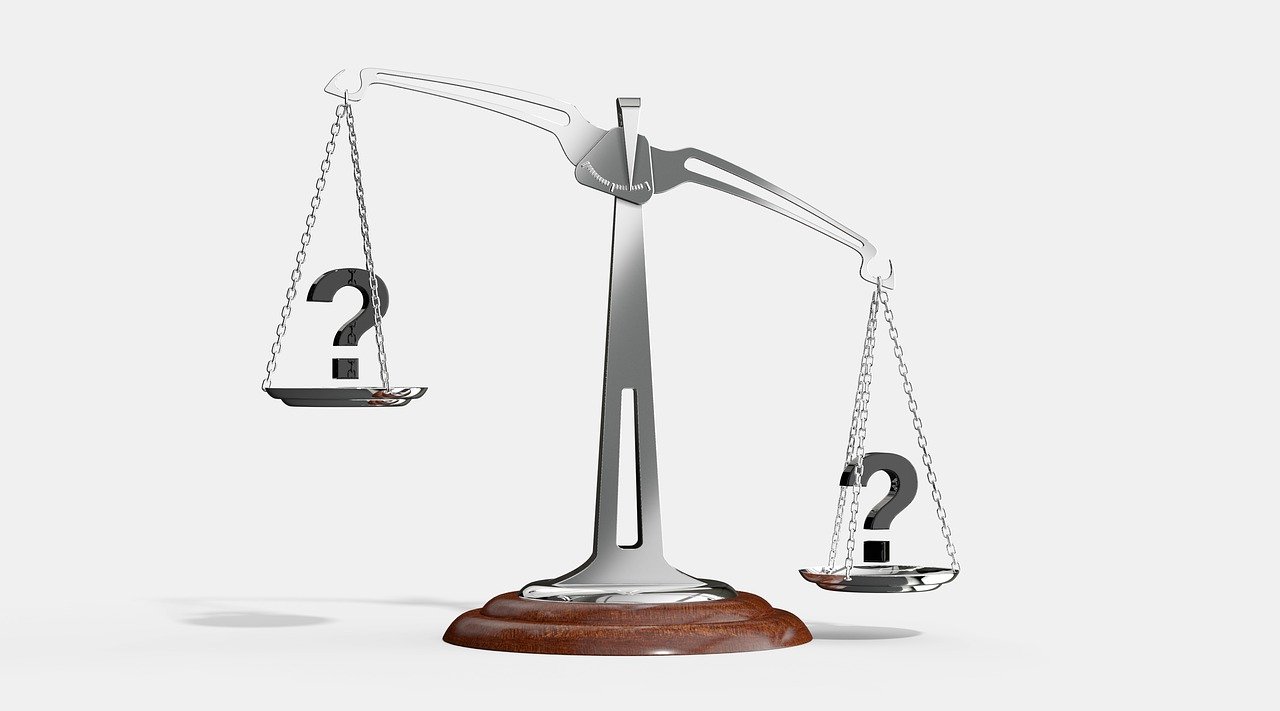Demand and supply, represent a state where a customer is willing to buy and a producer is willing to sell. Both parties are engaged in the transaction and there is exchange of goods/services for an agreed price.
Law of Demand and Supply
The law of demand and supply highlights various scenarios based on price fluctuations. First of all, let’s talk about the law of demand. When the price of a product is high, demand will significantly decrease for the product and when the price of a product is low, demand will significantly increase. If we look at the suppliers’ side, sellers will supply more when they receive higher prices for a product and they want to supply less when the prices fall down. This pull against each other results in demand and supply finding an equilibrium price.
Equilibrium Price
The equilibrium price is at which the trade happens in the marketplace. This is the actual market price determined for transactions to take place and it regulates the volume of goods that are traded. For example, the supplier won’t double the price of a good all of a sudden as it will swap away customer’s trust and spending. Therefore, any increment or decrement is subtle. However, there may be some exceptions like the “sales season”. These kinds of offers are carefully planned by suppliers to clear existing stocks by offering products at a discounted rate. Demands for that good may automatically rise during such times and because it’s a limited offer it balances by introducing first come, first serve strategies.
Independent Factors Affecting Supply and Demand
There are several other independent factors in the market that affect the supply and demand of goods. For consumer goods that come directly from the farm, the weather changes and the harvest volume might bring about a change. Likewise, in the pandemic situation as the current one, demand for various goods has decreased as people are saving up cash for extended survival compared to investing in luxuries. The way earning and spending was observed before pandemic is a different picture than what it is now during the pandemic. Thus, such market uncertainties definitely impact the dynamics of market supply and demand.
In the current economy, there are multiple suppliers serving across varying industries. Based on the type of industry and the market segment they serve, suppliers have to adhere with the market average rates. For the businesses serving exclusive goods, price may be on the higher end and they have a niche segment in the market who are served. However, for a regular good with competitive supplier numbers, the price which the market is ready to pay on an average, plays a vital role. For understanding the distinction of the pricing strategies, more articles shall be followed on this page.






Comments